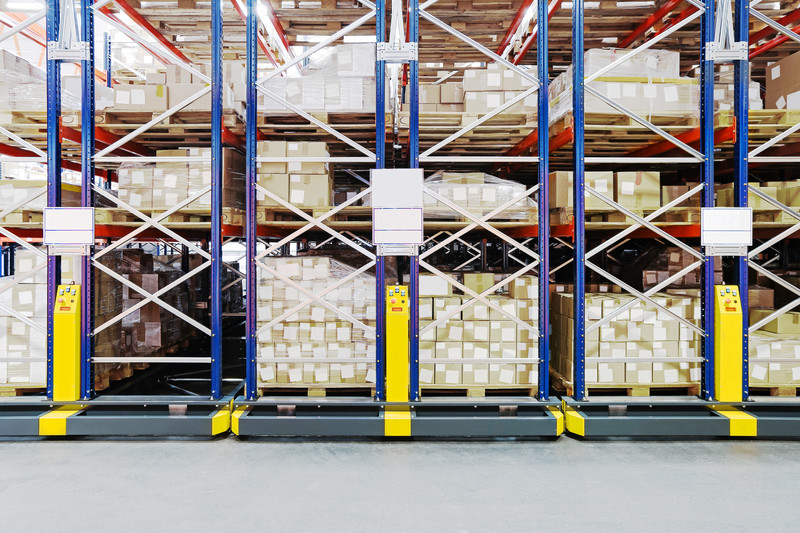24 October 2018
Catastrophe risk is highly variable, the same type of goods may be stored in different ways which are affected differently by different perils. For example, consider a car stored at a port a) in a container or b) in an open lot. For case a), the car is protected from rain, hail, and surge, as it is likely in a stack of containers and elevated above ground level. However, in the event of an earthquake, the shaking may cause the container with the car to fall off the stack of containers, causing damage. The car in case b) is unprotected from rain, hail and surge damage, but will experience minimal damage from an earthquake, which will simply shake the car – an object which is designed to handle vibrations/movements.
Given the stark difference in potential damage, knowing how cargo is stored and shipped is vital to assessing and managing cargo risks. Second only to accurately knowledge of the type of goods being stored and shipped.
How goods are packaged and protected from damage also has a significant impact on damage when an event occurs. The type of damage, in turn, can vary greatly by peril. Thus, along with accurately recording the type of cargo being insured, knowing the storage method and packaging/protection applied to the goods is key to accurately assessing, managing and mitigating catastrophe risk for cargo. This small effort in assessing the state of cargo exposure can lead to greater risk differentiation and improved underwriting selection.
In this webinar, Derek Stedman, Lead Modeler at Risk Management Solutions, discusses how detailed information about storage and packaging can provide an underwriter with a much clearer view, allowing for more accurate assessment and management of cargo risks.
